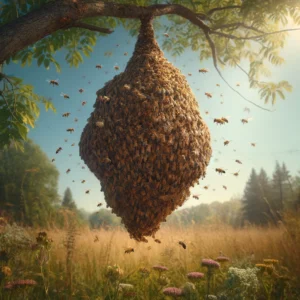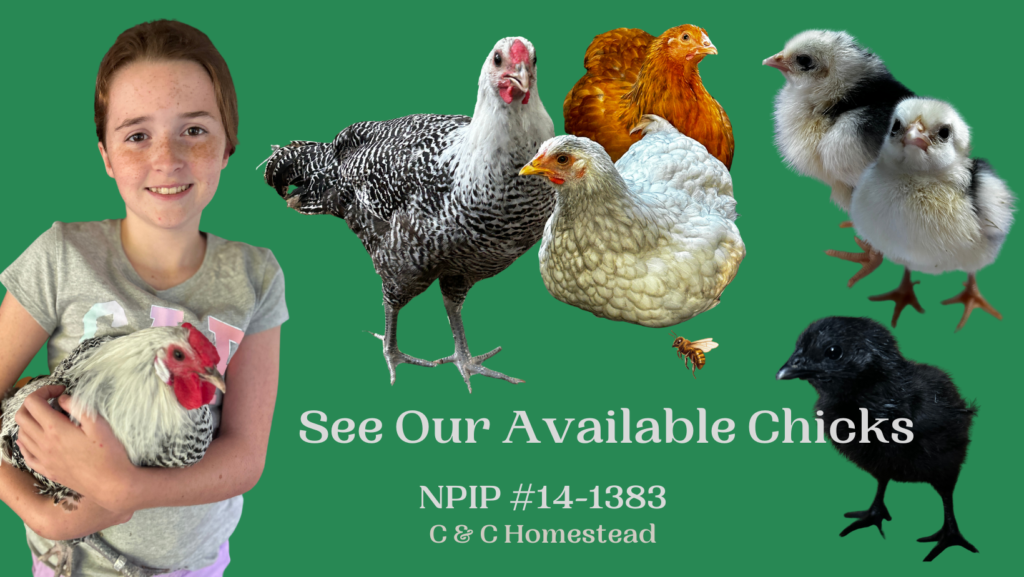Balancing Corporate & Homesteading Lifestyles
Understanding Bee Swarming: Why & How

Swarming is a natural part of the developmental cycle of a honey bee colony, involving a large group of bees leaving the original hive to form a new colony. This behavior is both fascinating and crucial for the survival and propagation of bee species. Here's a detailed look at why bees swarm and how they accomplish this feat.
Why Bees Swarm
- Overcrowding: The primary trigger for swarming is a lack of space within the hive. As the colony grows and becomes congested, bees feel cramped and start preparations for swarming to reduce the population and ease the congestion.
- Resource Abundance: A strong nectar flow, which leads to abundant food, can accelerate brood production and quickly lead to overcrowded conditions. This abundance signals the colony that it is a good time to split, as the offshoot will have ample resources to establish a new colony.
- Reproductive Strategy: Swarming is the colony’s method of reproduction. The original colony reproduces by dividing itself into two or more colonies, each with the potential to grow and thrive independently, ensuring genetic diversity and colony survival.
- Age of the Queen: An aging queen may also trigger swarming. As a queen ages, her pheromone production decreases, which may reduce her ability to suppress the worker bees' urge to raise new queens, leading to swarming.
How Bees Swarm
- Preparation: Weeks before the actual swarm, nurse bees begin to raise new queens by feeding selected larvae royal jelly to create queen cells. The old queen also reduces her food intake to slim down enough to fly when the time comes.
- Initiation: The actual swarm usually occurs shortly before the new queens emerge from their cells. The old queen, along with about half of the worker bees, leave the hive in search of a new home. This group includes a mix of old and young bees, workers, and drones.
- Swarm Cluster: After leaving the hive, the swarm of bees may cluster on a branch or a nearby structure. Here, they form a tight cluster around the queen to protect her while scout bees search for a suitable new home. This cluster can be a dramatic sight and is often the first indication to a beekeeper that a swarm has occurred.
- Finding a New Home: Scout bees venture out from the cluster to find a suitable location for the new colony. They evaluate potential sites for size, protection from elements, and other factors. Once they find a suitable site, scouts return to the swarm and perform a "waggle dance" to communicate the location of the new site to other bees.
- Settling In: Once a consensus is reached within the swarm about the new location, the entire swarm flies to this new site. They quickly get to work building new comb, foraging for food, and settling in their new queen, who will soon begin laying eggs to establish the colony.
Beekeeper's Role in Managing Swarms
Beekeepers often try to manage or prevent swarming to keep their hives strong and to maintain honey production levels. Techniques include:
- Providing Adequate Space: Adding more boxes or frames to the hive so that the colony doesn’t feel cramped.
- Replacing Old Queens: Introducing a new queen can deter swarming if the current queen is aging.
- Splitting Hives Manually: If signs of swarming are detected, a beekeeper can preemptively split the hive, simulating the natural process of swarming but under controlled conditions.
Understanding and managing swarming is crucial for beekeepers to maintain healthy and productive colonies, while also ensuring that the natural process of reproduction and genetic diversification among honey bees continues.



